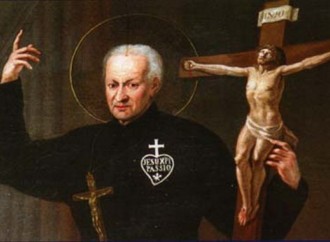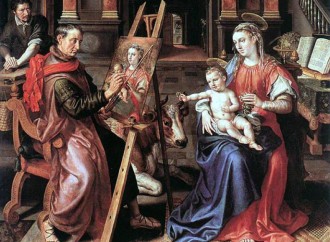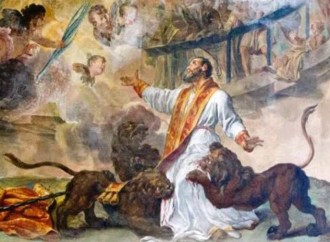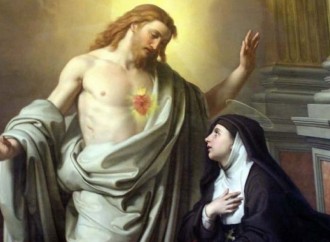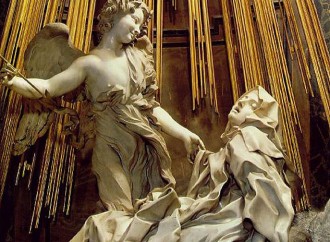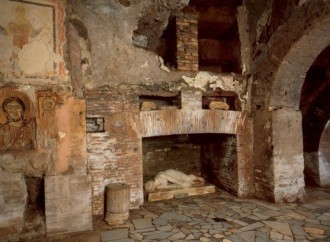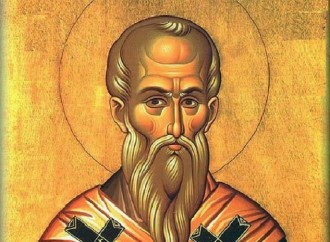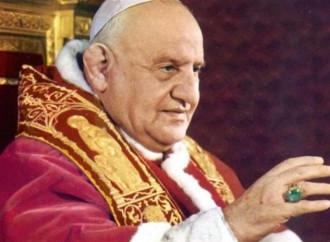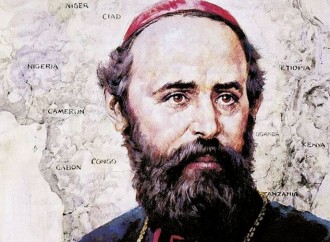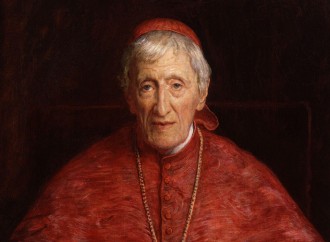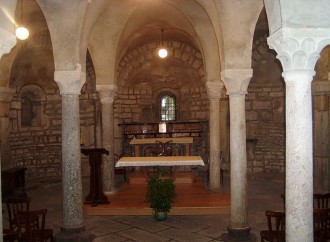Saint Paul of the Cross
“It is an excellent and most holy thing to think about the Passion of the Saviour and meditate on it. This is the means to arrive at union with God”, taught St Paul of the Cross (1694-1775), who one day found himself mystically dressed in a black habit with a white cross on his chest and the name of Jesus in white letters.
Saint Luke the Evangelist
A learned Syrian doctor from Antioch, he was a disciple and collaborator of Paul, who mentions him in three of his letters. To Saint Luke (c. 9-93) we owe the third Gospel and the Acts of the Apostles, whose place is not random in the design of Divine Providence.
Saint Ignatius of Antioch
“The Christian is not the result of persuasion, but of power. When he is hated by the world, he is beloved of God”, wrote St Ignatius of Antioch (c. 35-107), converted by St John the Evangelist and second successor of St Peter at the head of the Antiochian Church.
Saint Margaret Mary Alacoque
We shall never know how many souls owe their salvation to the gifts communicated by God through Saint Margaret Mary Alacoque (1647-1690), propagator of the devotion to the Sacred Heart of Jesus and the practice of the First Fridays of the month.
Saint Teresa of Avila
“A brilliant and fertile writer, teacher of spiritual life, incomparable contemplative”, Saint Paul VI defined St Teresa on 27 September 1970, the day he proclaimed her Doctor of the Church (the first woman to receive the title).
Saint Callistus I
Esteemed by two holy pontiffs (Victor I and Zephyrinus), opposed by an antipope (Hippolytus) who held two “records” in the history of the Church. The life of St Callistus I (†222), in his turn pope and then martyr, was certainly unusual....
St Theophilus of Antioch
St Theophilus of Antioch (c. 120-185) was brought up as a pagan, but a thorough reading of the Holy Scriptures encouraged his conversion. He made a great contribution to Christian apologetics.
Our Lady of the Pillar
The Blessed Virgin appeared to the Apostle James during her earthly life on the night of 2 January 40. James was praying on the banks of the river Ebro and pleading for Mary's intercession for the success of evangelisation in Spain.
Saint John XXIII
Before he was elected to the Petrine throne and earned the affectionate moniker of “the Good Pope”, St John XXIII (1881-1963) had already manifested many of what would be the features of his pontificate.
Saint Daniel Comboni
“Either Nigritia or death”, either Africa or death, was the motto of Saint Daniel Comboni (1831-1881). He was born near Brescia to poor parents who worked as farmhands, and trained at the school of Don Nicola Mazza in Verona, who had passed on to him his love for the Black Continent together with the idea of “saving Africa with Africa”, the true heart of his project.
Saint John Henry Newman
The liturgical memorial of St John Henry Newman (1801-1890) is celebrated today for a very special reason. Unlike most of the other saints, the great English theologian and cardinal is celebrated by the Church not on his dies natalis (the day of his birth into Heaven, i.e. his earthly death) but on the day of his conversion to Catholicism, which took place on 9 October 1845.
Saint Felix of Como
Saint Felix (†391) was the first bishop of Como. He was consecrated by Saint Ambrose, who sent him to evangelise the municipium of Como, as a testimony to the great missionary drive of the Church of Milan in that particular historical phase....

